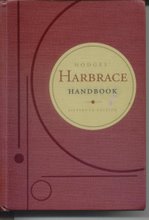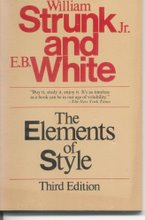Structure can be a secret key to success in many kinds of writing.
Everyone who picks up a guitar quickly learns that most blues and many rock-and-roll songs are played in 4/4 time and arranged in a 12-bar, three-chord structure, based on the first (written as I), fourth (IV), and fifth (V) notes of an eight-note scale.
The I chord dominates the first four bars; the IV chord typically appears in the second four bars, and the V chord is played in the third four bars. [A common 12-bar structure is I-I-I-I // IV-IV-I-I // V-IV-I-I/V.
In classic newspaper writing, everyone is taught the "inverted pyramid," in which you tell it all in the opening sentences, then add paragraphs in descending order of importance, so that the person laying out the paper can cut from the bottom and use as much or little of the story as space allows.
Magazine writing is structurally the opposite of newspaper writing. You try to grab and keep the reader by telling as little as possible with an intriguing lede, you develop a narrative that builds as it goes, and you pay it off with a killer ending that wraps it all up and suddenly lends greater meaning to all that's come before. If there's cutting to be done, it comes from the middle.
The reporters, writers and editors at People magazine do an unbelievable job of packaging huge amounts of information in a witty, catchy, clear and generally concise way. The general structure of a People story is [please forgive me if I'm wrong on a detail or two]:
I- The opening sentence, which summarizes whole story in witty, catchy way
II - The Billboard, or nut graph -- Explanatory sentences that hint at the story, tell you what's coming and why you should care.
III -- A quote from the subject introducing or commenting on the story at hand.
IV -- You launch into the narrative of what the story is about and then ....
V -- Bio history; 2/3rds or 3/5ths the way through the story, there's a transition sentence along the lines of, "But it wasn't always glitz and glamor for Dolly Parton growing up one of 12 children in the hardscrabble Smoky Mountains...."
a) At this point you give the standard biographical information that we want to know about all subjects -- where they grew up, what their parents did, how many siblings they had, what they were good at, where they went to high school, how they got into show business, how they hit it big ... and then ..
VI -- Catch up to the present and finish telling the current story at hand, with its details and implications, leading inexorably to ..
VII -- A killer concluding quote from the subject summarizing the whole business and what it means to him or her.
Like a 12-bar blues progression, the structure is familiar, but each song or story is different.
Subscribe to:
Post Comments (Atom)







No comments:
Post a Comment